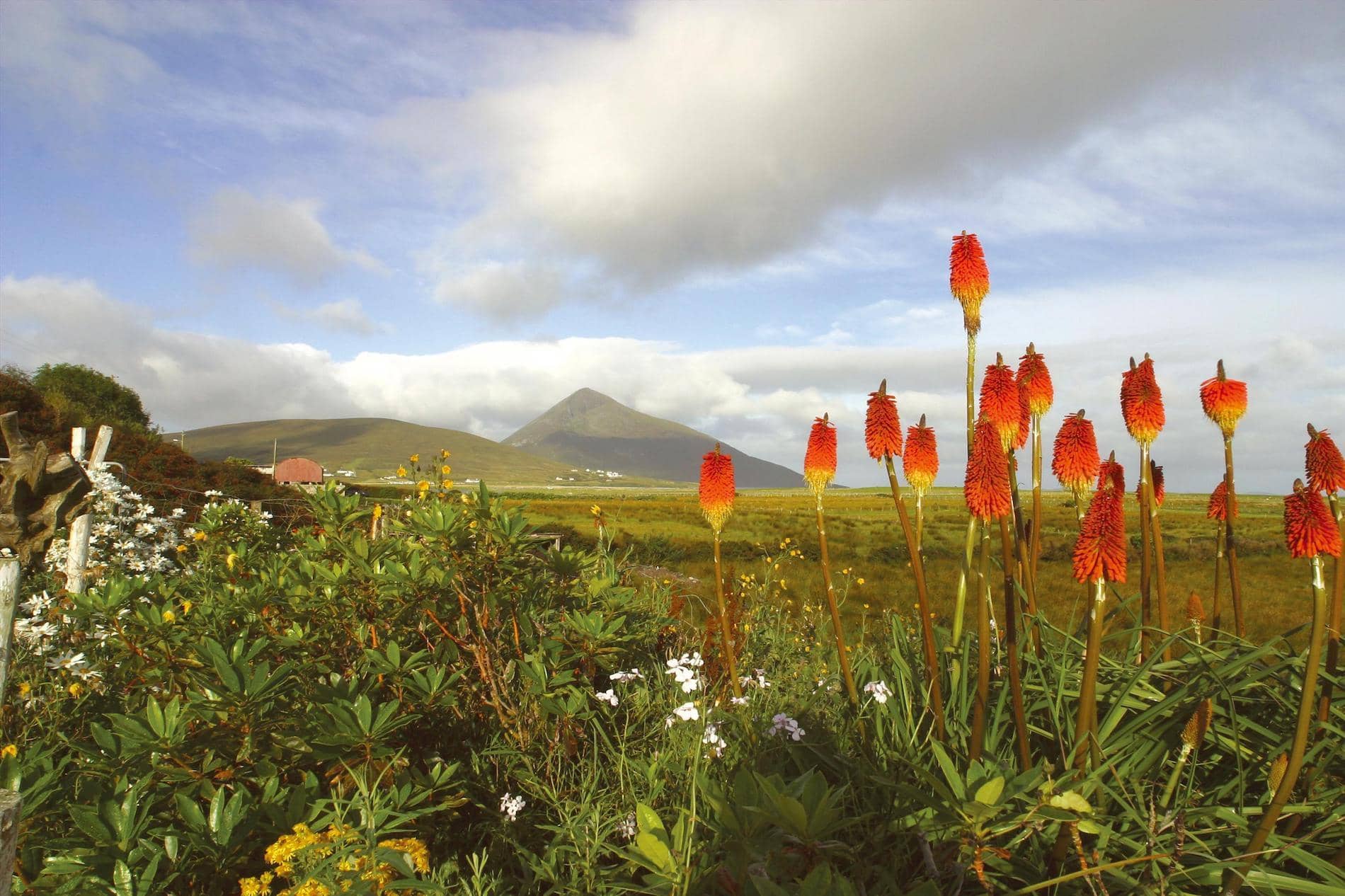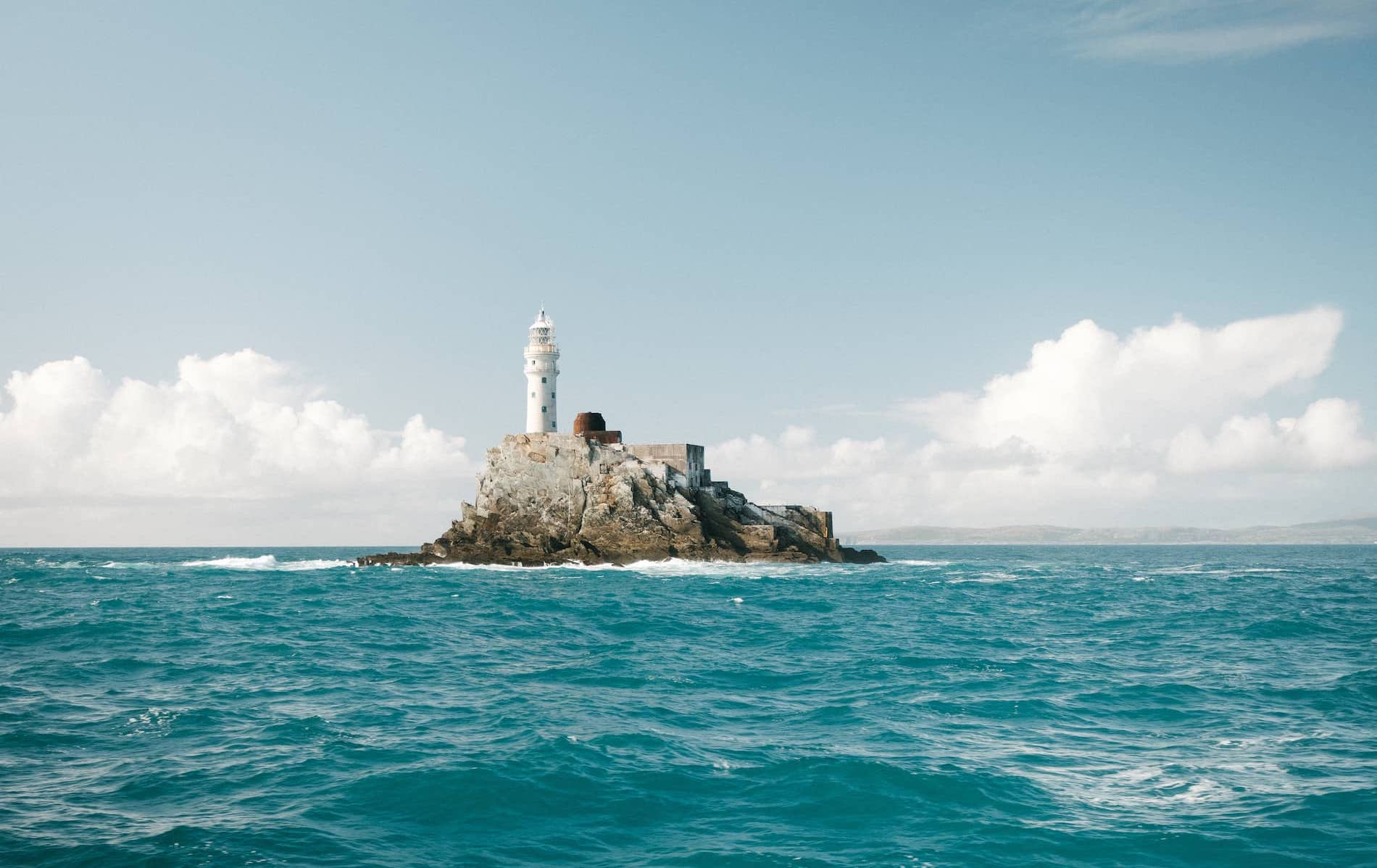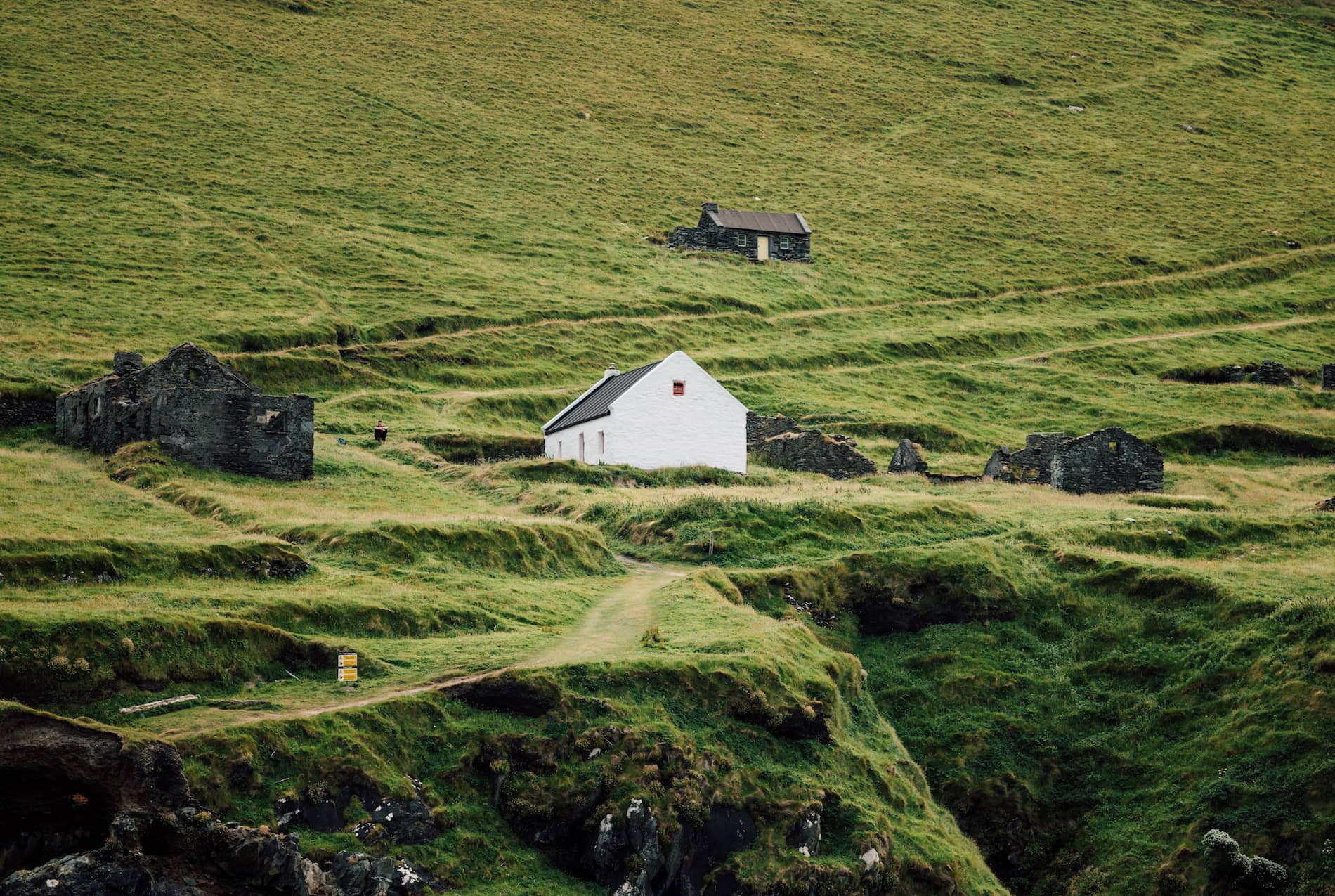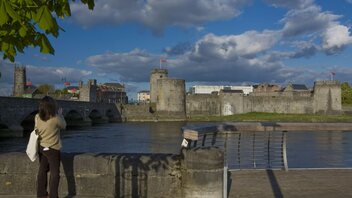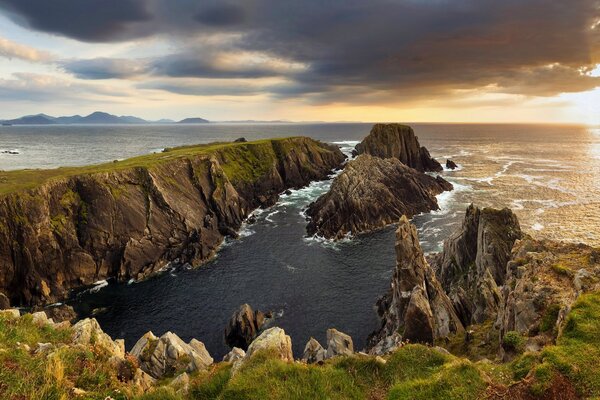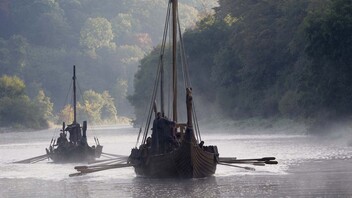
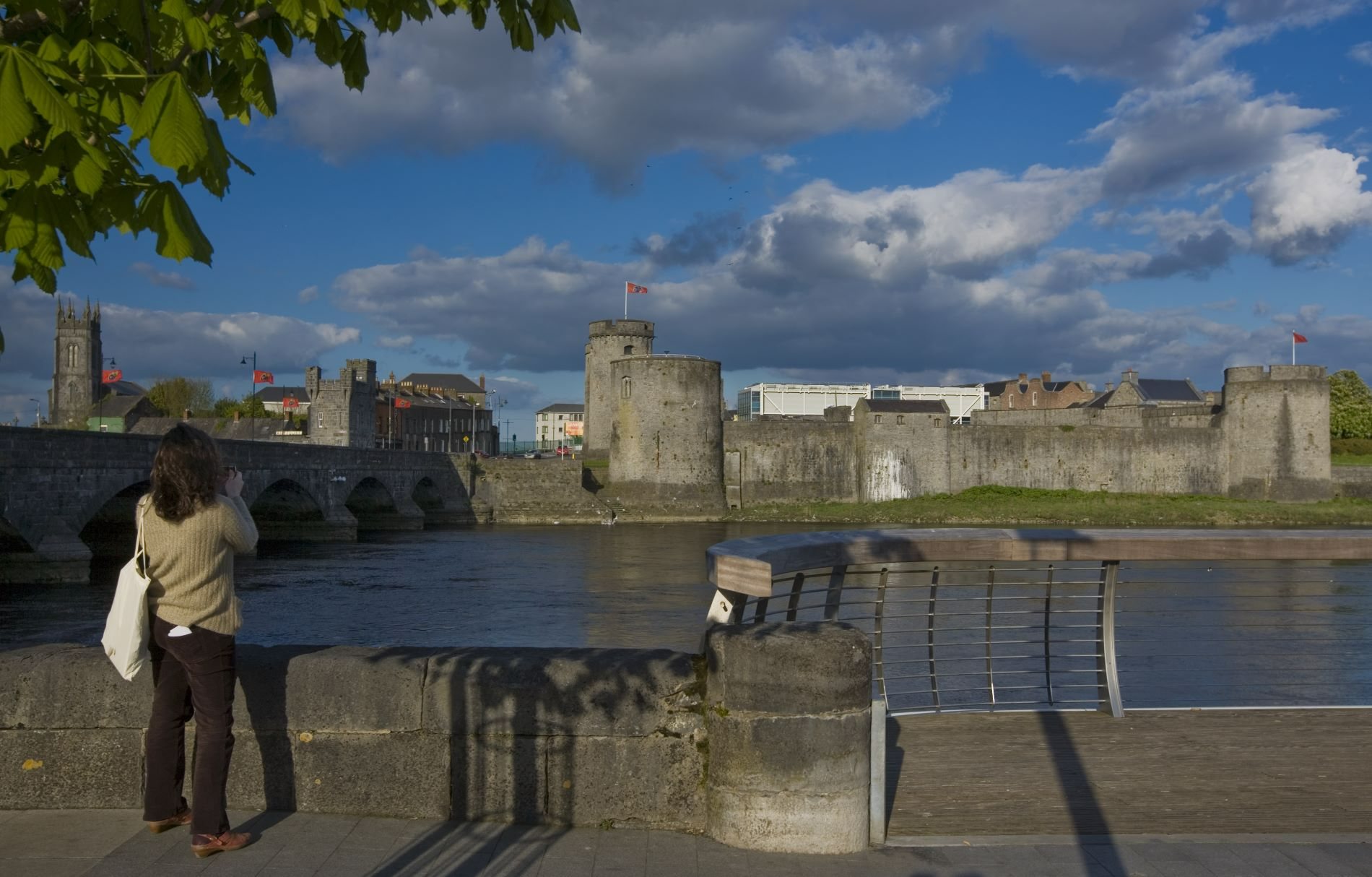
Searching for Angela’s Ashes

When Frank McCourt wrote Angela’s Ashes, his memoir of growing up in Limerick city during the 1930s and 1940s, he can’t have imagined what he was starting.
Not only did his account of brutal poverty start a genre in the book publishing world for what became known as "misery-lit", but it divided readers between those who loved the book and those who felt that he had unforgivably maligned the city and its people.
Whatever else it did, the Pulitzer Prize-winning book certainly put Limerick city on the map.

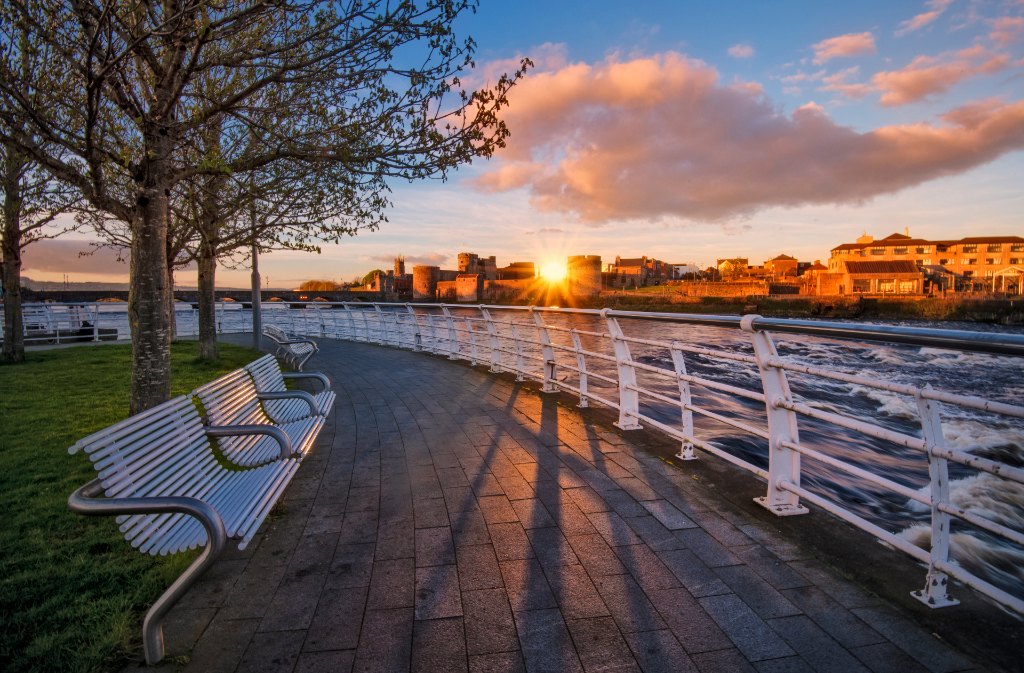
Limerick City © Shutterstock
Fortunately for fans of the book and the 1997 film starring starring Robert Carlyle and Emily Watson, there is still plenty to see, although mercifully the slums of McCourt's childhood are long gone. And something else has changed, too, according to Andrew Bennett, whose gravelly tones provided the voiceover to the film.
“I grew up just outside the city and it’s a much friendlier, kinder place now,” says Bennett. “Limerick always had a reputation for sporting prowess, which gave it a sort of stern, He-Man feeling. But when the university opened, suddenly there were people from all over the place. And lots of girls.”
Girls were a different species to the young McCourt, who attended the all-boys Leamy’s School on Hartstonge Street.
Young Frank mentions another school, the posh Crescent, which had actor Richard Harris and broadcaster Terry Wogan as pupils. Bennett went, too, but by then it was co-ed and had relocated to the edge of the city.
“I absolutely loved it,” says Bennett. “But I remember people telling me the atmosphere was very different to that of the old school.”

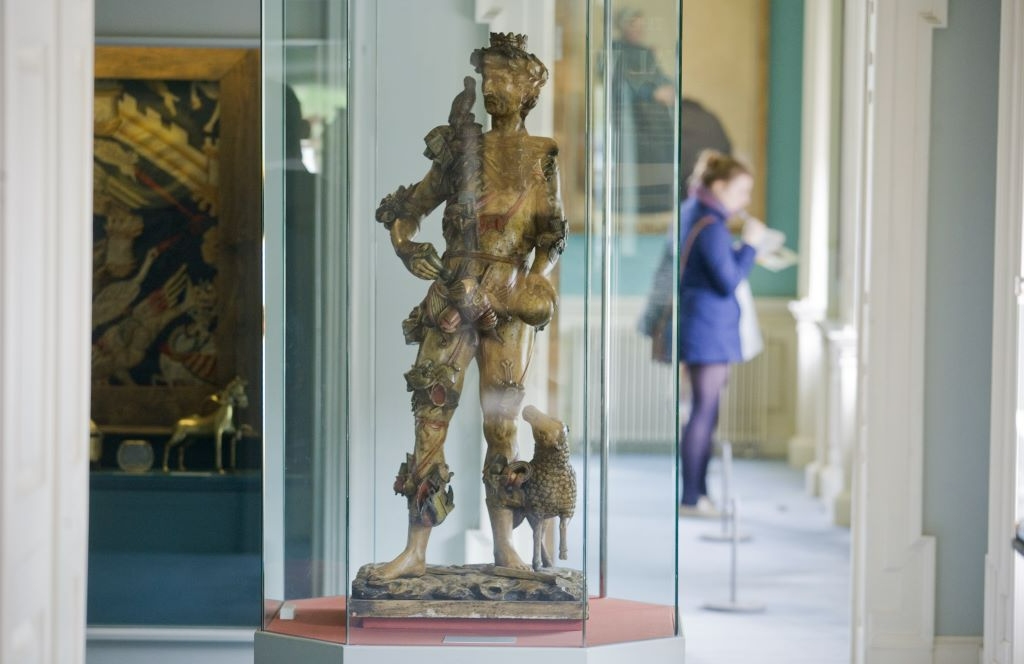
The Hunt Museum, Limerick
Most of the city is proud of its illustrious son. You can take an Angela’s Ashes Walking Tour, which starts at the tourist office and winds through the streets to places featured in the book including Windmill Street, South’s pub and Leamys School.
But an interest in Angela’s Ashes is not the only reason to visit this historic city. There are plenty of other things to enjoy here, too. The world-famous Hunt Museum in the splendid setting of the Custom House is a must, with an intriguing collection of artefacts and artworks including pieces by Picasso, Renoir and Gaugin. And the 13th century King John’s Castle brilliantly details the city’s history over 800 years.
And then there’s the Shannon, with its river walks, boat trips and bridges. "For a while," says Bennett, “Limerick turned its back on the Shannon – you couldn’t get near it. Now they’ve built paths and cafés and it’s back where it should be, at the heart of the city.”







